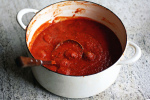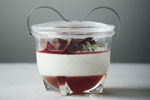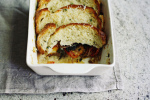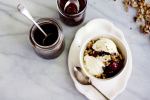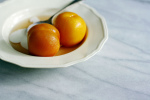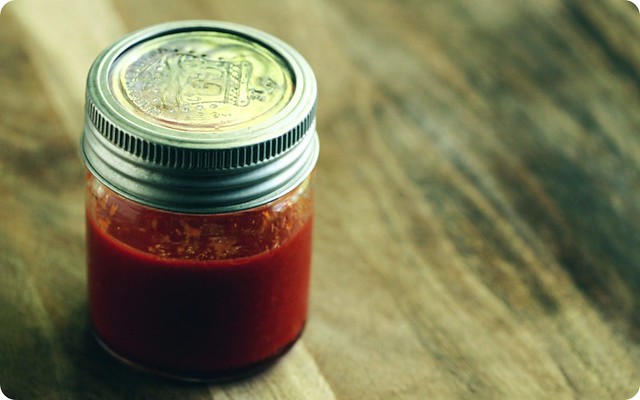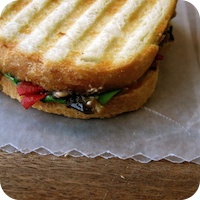Soon afire
 Friday, September 17, 2010 at 8:21AM
Friday, September 17, 2010 at 8:21AM What's in that jar right there is what's going to make you famous - garlicky, kicky, chili hot sauce. And it's killer. It's as hot as blazes but with a punchy brightness, deeply flavoured without the mask of vinegar burn.
I'll get to it, I promise. I might wander on the way however, as I have been thinking.
I've been thinking it has been a long time since I've been to India. Long enough that it deserves to be written in italics, and far longer than I would like it to have been.
I have been thinking about the visits from my younger years, to the homes of family that still live in the country where my parents were born. In the height of our July I thought of the heat of Delhi in the heart of summer, a heat that feels a presence in the room, unseen though felt. It collects itself around your shoulders like a cat might curl around your feet, holding you still and motionless. In that heat, you gulp the air in breathless mouthfuls.
The smell of mosquito coils slowly burning on our back deck takes me to a veranda in Chennai. It's a scent I grew up with, that scent that twists its way through the night upon serpentine trails of smoke.
And as much as I am there in those memories, the reality is that I am not surrounded by bougainvillea and jasmine blossoms but instead trees whose green leaves are beginning to smolder at their tips, surely soon afire. The forest will glow yellow and orange and burn red in echoes of summer's departed sun.
The heat I'm remembering has moved from outdoors to in. To firesides, stoves, and in this case, glass jars shining crimson-bright and beckoning.
See? I told you I'd get back to the chili sauce. Never fear, dear friend. There's method to my meanderings.
The Garlicky Red Chili Hot Sauce is from Melissa Clark via the New York Times. You might want to get out your best stationery and start writing her a thank you card right now. Full of body, with heat and dimensions of character - sweet, fresh, acidic and twangy. It's all there. There's show and then there's a payoff. It's not just flash, zing, wallop you with ash and cinders.
All you do, all it takes, is hot red chilies, sweet peppers, garlic, vinegar and salt. All into one pot, simmered gently for a few minutes, then whirled into a purée in a blender. The precious stuff, which I recommend treating with the care one might use in handling molten lava at this volatile point, is decanted into jars and left alone for three days. That's the hard part. The waiting. In that time the vinegar softens, rounding out, and the flavour of the peppers comes forward. Sweet meets heat in a way that quickens the blood and warms you right through.
One scant drop on a spoon, and it's suddenly the hottest day of summer. Wherever you may be.
Garlicky Red Chili Hot Sauce
From Melissa Clark and The New York Times.



